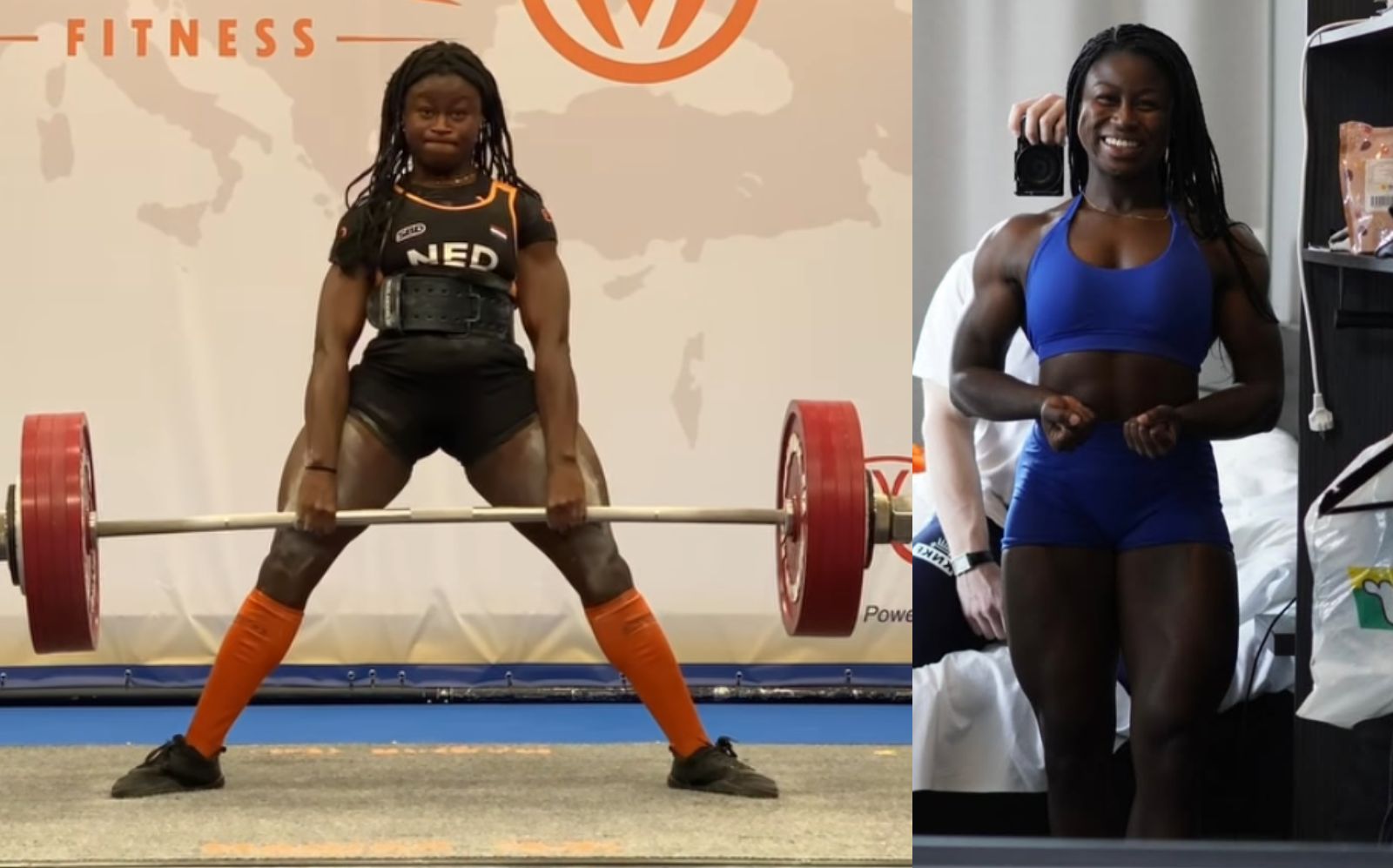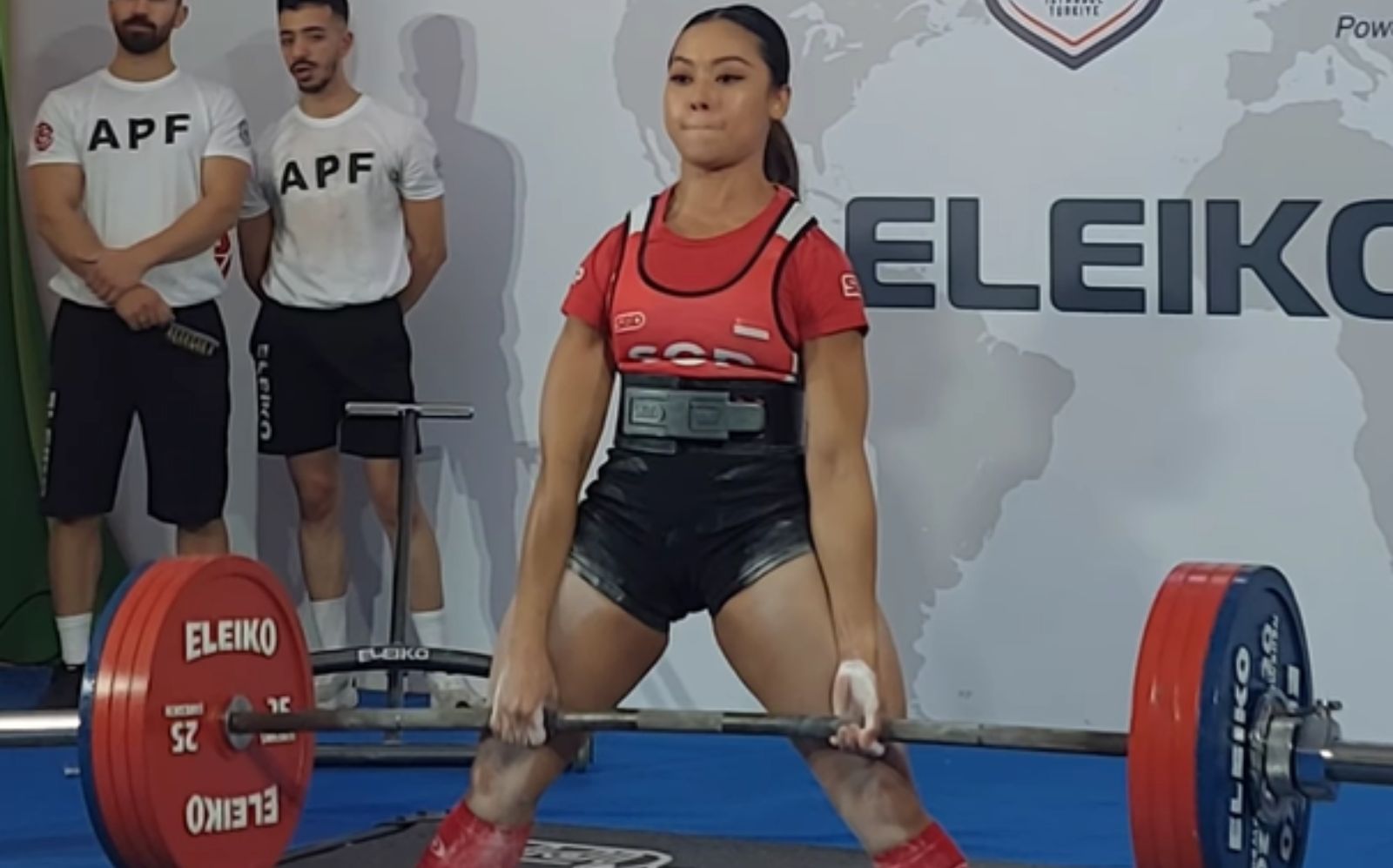Back training holds the cornerstone for sculpting a robust, muscular physique. Among the vast arsenal of exercises targeting the back, three emerge as the undeniable champions: the deadlift, pull up, and barbell row. Each of these exercises boasts its unique strengths and potential drawbacks. So, which one ascends to the pinnacle for forging a broader, thicker back? Dive with us into this comprehensive analysis as we pit these titans against each other to crown the ultimate back exercise.
Overview of the Deadlift, Pull Up, and Barbell Row
The deadlift, pull up, and barbell row each target the back muscles differently:
The Deadlift
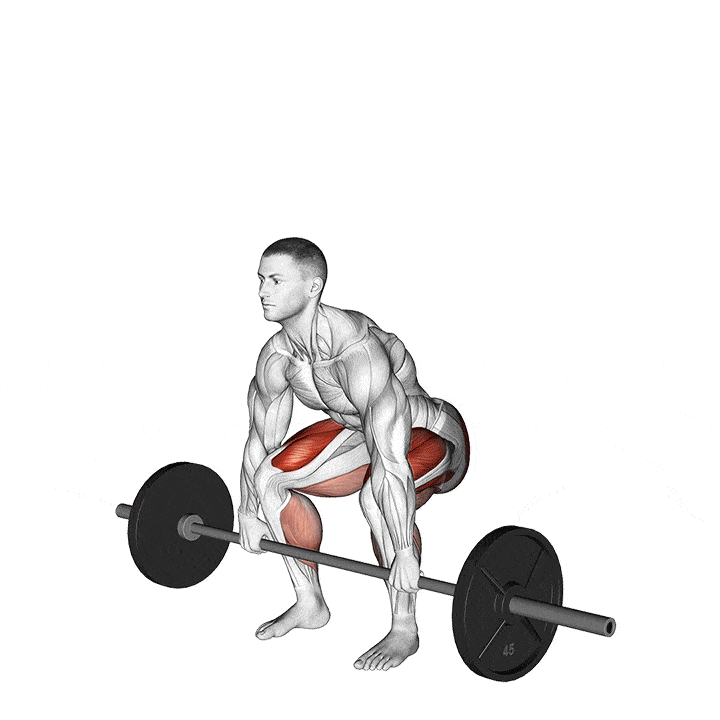
Starting with the darling of weightlifting, many regard the deadlift as an all-encompassing strength exercise. The deadlift targets the upper back muscles as the shoulders and spine maintain their positioning during this intense lift. However, its reputation leans more towards being a potent lower back exercise rather than a comprehensive back builder. The synergy between the quads, glutes, hamstrings, and calf muscles make the deadlift an immensely powerful move.
While many equate the deadlift to the squat, there are marked differences between them. The squat provides a more expansive range of motion, and the load bearing points differ, with the deadlift starting from the floor. The quadriceps initiate the deadlift, subsequently transferring the load to the spinal erectors and hamstrings. Although this does not undermine the deadlift’s efficacy, it highlights that its prime focus isn’t the upper back. Hence, its role as a complete back builder is partial at best.
- Hits the spinal erectors, traps, posterior deltoids and lats.
- Emphasizes the lower back and leg muscles more than upper back.
- Limited lat and upper back involvement due to fixed shoulder position.
The Pull Up
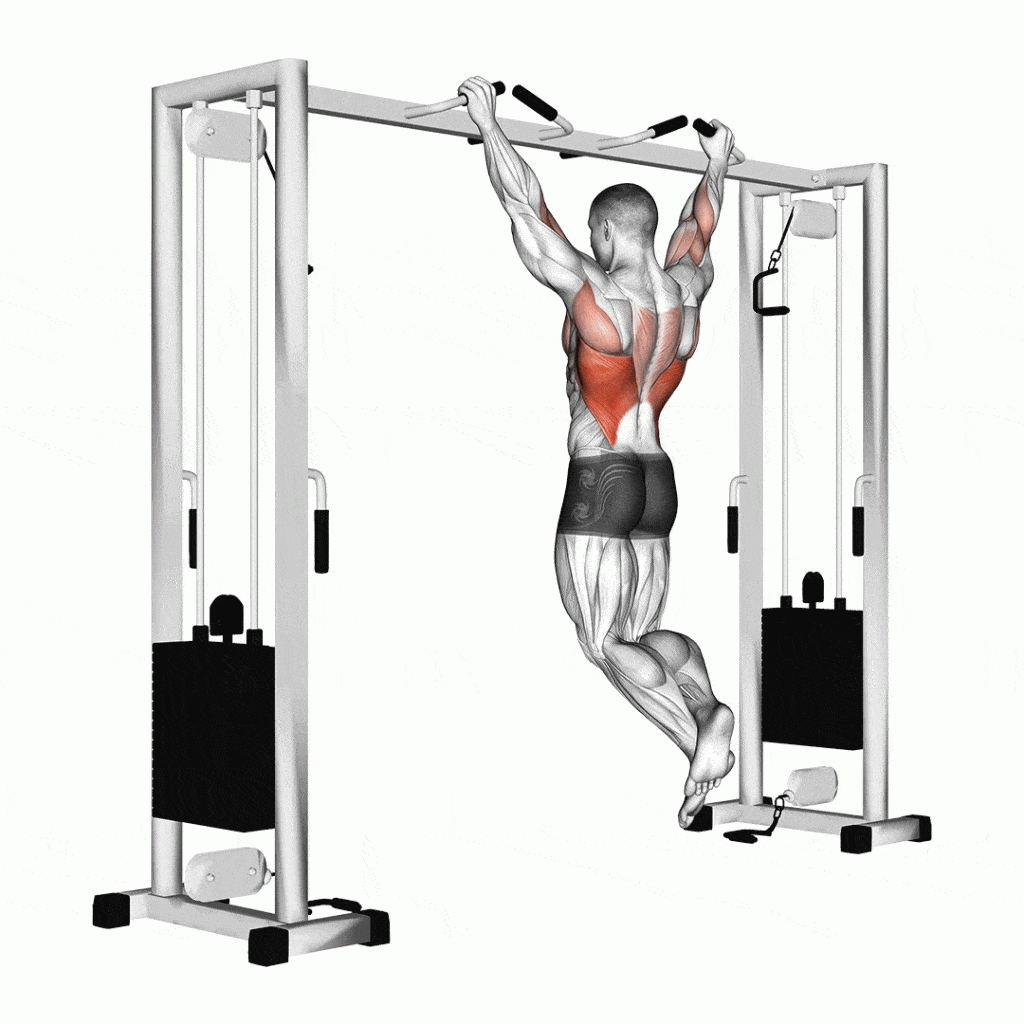
Proceeding to what is termed the upper body squat, the pull up specifically hones in on the latissimus dorsi, the broadest muscle of the back. Well-developed lats exude an impressive V-taper, a prized possession for bodybuilders. However, the pull up primarily focuses on the lats and marginally engages other pivotal back muscles like the traps. With the lower back muscles largely inactive during the exercise, crowning the pull up as the ultimate back builder would be a stretch.
Level Up Your Fitness: Join our 💪 strong community in Fitness Volt Newsletter. Get daily inspiration, expert-backed workouts, nutrition tips, the latest in strength sports, and the support you need to reach your goals. Subscribe for free!
- Primary upper back exercise that targets the lats.
- Hits the middle and lower traps, rhomboids and posterior deltoids.
- Does not directly work the lower back or legs.
The Barbell Row
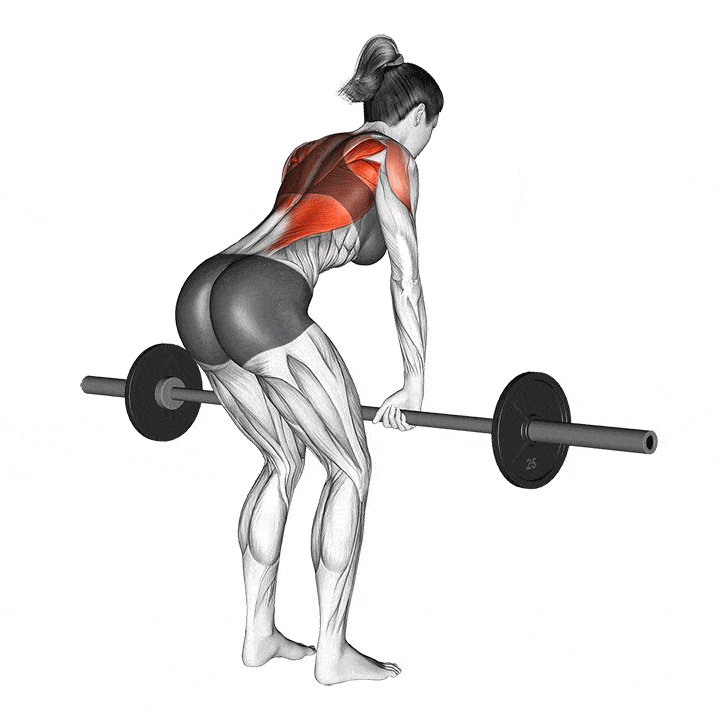
Emerging as the potential frontrunner, the bent over barbell row champions an inclusive engagement of back muscles. Like the pull up, the barbell row is predominantly a lat developer, but its reach extends to the rhomboids, posterior deltoids, and erector spinae. The comprehensive recruitment of muscles, from the upper to the lower back, sets the barbell row apart. Its potency in targeting the middle traps—a challenging area—alongside the rhomboids is noteworthy. Furthermore, the barbell row outperforms the pull up in building lat depth and breadth.
- Works the lats, middle traps, rhomboids, posterior deltoids and spinal erectors.
- Targets the back equally from top to bottom.
- Builds lat width and thickness.
The Deadlift: Not the Best for Overall Back Development
The deadlift is one of the best exercises for developing raw strength and muscle mass. However, it falls short as a complete back builder for a few reasons:
- The shoulders and upper back are held static during the movement. This minimizes their involvement.
- It emphasizes the spinal erectors and leg muscles more than the lats and upper back musculature.
- There is no dynamic contraction of the lats during the deadlift.
So while the deadlift is an excellent strength exercise, it does not fully stimulate all the major upper back muscles through a complete range of motion. For that reason, we do not consider it the ultimate mass builder for the back.
The Pull Up: Great for Lats But Lacks Thickness
The pull up is arguably the best exercise for lat development. It allows a full stretch and contraction of the lats through a wide range of motion. However, the pull up falls short in these areas:
- It does not directly target the lower back muscles.
- The middle back and traps are only minimally activated.
- It builds lat width but not as much thickness compared to rows.
The pull up is a staple exercise, but lacks the overall stimulation needed to fully develop the entire back.
The Barbell Row is the Complete Back Builder
Taking a close look at the musculature involved, the barbell row stands out as the most comprehensive back exercise:
- Works the lats through a full ROM – Like the pull up, it allows a full stretch and contraction of the lats.
- Builds upper and lower back – The spinal erectors are worked to keep the back straight against resistance. The middle/lower traps and rhomboids are heavily involved.
- Creates lat width and thickness – Rowing movements better develop lateral thickness compared to vertical pulling.
- More representative of real-world strength – Rowing strength translates well to daily and athletic activities.
- Overloads the upper back – Greater progressive overload stimulus compared to bodyweight pull ups.
For complete, proportional back development, the barbell row covers all the bases. No major muscle group is left underworked. When programmed appropriately, it builds a thick, wide back with functional strength.
Programming the Big 3 Back Exercises
While the barbell row takes top honors, ideally you should train all three movements for maximum back growth:
- Deadlifts – 2 times per week, work up to 1-5 reps on heavy sets.
- Weighted Pull Ups – 2 times per week, reps in 6-12 range with added resistance.
- Barbell Rows – 2-3 times per week, reps in 8-12 range.
Combining heavy deadlifts, high rep pull ups, and mid rep rows provides full spectrum hypertrophy training. This ensures all angles of the back are fully stimulated each week.
Frequently Asked Questions
Which exercise is best for beginners?
For novices, starting with pull ups (or assisted versions) can help develop foundational strength before transitioning to more complex exercises like the deadlift and barbell row.
How often should I incorporate these exercises into my routine?
For optimal muscle growth and recovery, focus on training your back 1-2 times per week, incorporating these exercises based on your program.
Are these exercises safe for everyone?
While these exercises are generally safe when performed with correct form, it’s essential to consult with a fitness professional, especially if you have pre-existing conditions.
Do I need any special equipment for these exercises?
A standard gym equipped with barbells, weight plates, and a pull-up bar suffices. However, investing in a weightlifting belt might offer additional support for the deadlift and barbell row.
Can I combine all three exercises in one workout?
Absolutely! A holistic back workout can include all three exercises, ensuring a comprehensive engagement of all back muscles.
What grip width should I use on barbell rows?
Use a shoulder-width or slightly wider grip. Avoid going too narrow or wide. Keeping the elbows tucked will better engage the lats.
Should I use an overhand or underhand grip for rows?
Either grip is effective. Underhand grip biases the lats and biceps more. Overhand targets the middle back muscles harder. Alternate each workout.
Is it better to use a straight or EZ curl bar for rows?
The straight bar allows a neutral grip and balances the demands. EZ curl bars can be used but may overly bias certain muscles.
What’s better for back thickness – T-bar rows or barbell rows?
Both are excellent. T-bar rows allow a neutral grip and more scapular retraction. Barbell rows involve more core stability. Include both for variety.
Conclusion: The Undisputed Victor
Developing a thick, powerful back requires comprehensive engagement of both upper and lower back muscle groups. In this regard, the bent over barbell row shines brightest, serving as the most well-rounded back exercise. Its holistic approach to muscle engagement stands unparalleled. While the barbell row clinches the title, the deadlift and pull up are not to be sidelined. Integrating deadlifts accentuates the lower back and posterior chain, and weighted pull ups carve out the upper back.
In essence, a proper fusion of these big three back movements—barbell row, deadlift, and pull up—will craft a robust, well-defined back that stands testament to balanced training.





